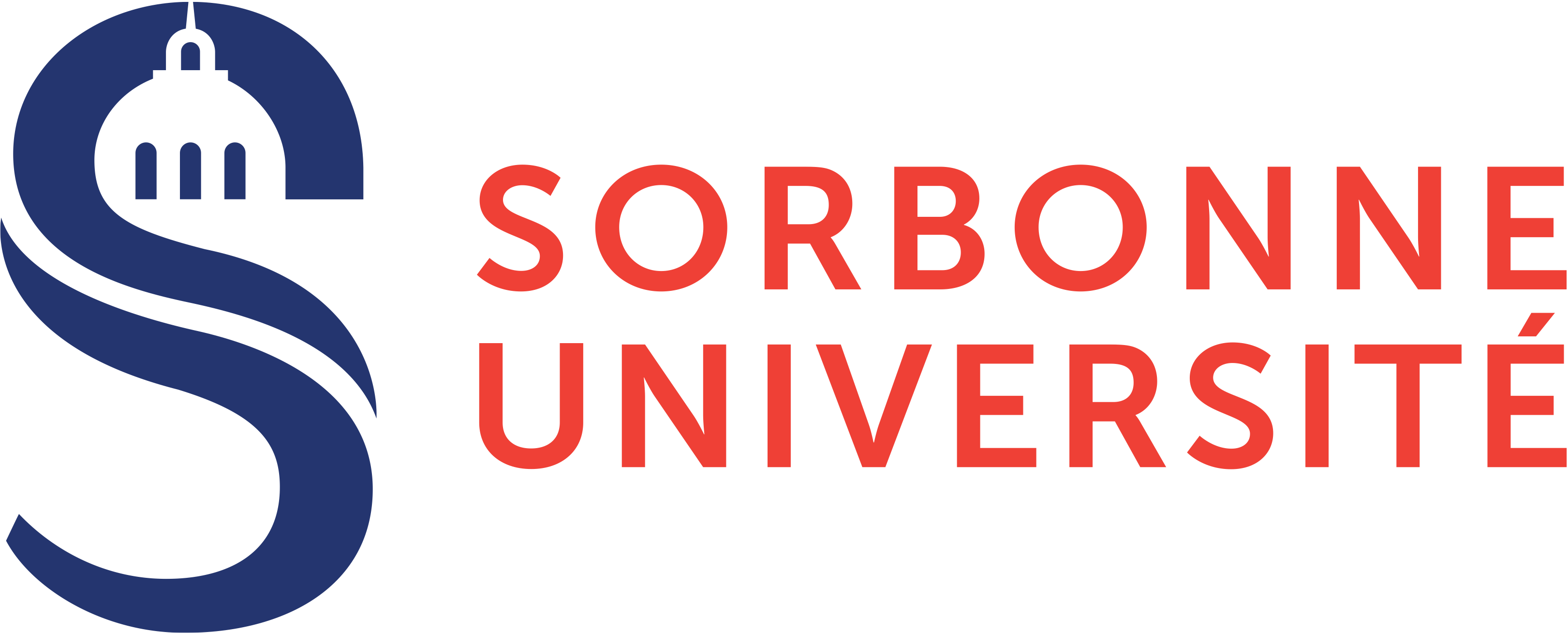
Sorbonne University
Originating from the invertebrate collections of the geology laboratory of the Sorbonne, the paleontology collection was transferred to Jussieu in 1972. This collection is composed of two parts: a part reserved for scientific research (5000 drawers of samples) and the collection intended for the public, rich of more than 1000 fossils (shells, imprints, skeletons).
The palaeontological collections of Sorbonne University are closely linked to the history of the Geological laboratory of the Sorbonne, created in 1857 by Edmond Hebert, a pioneer in geology. His successor in charge of the laboratory, Ernest Munier-Chalmas, structured and considerably enriched these collections. Subsequently, numerous researchers with prestigious names from various laboratories increased them: Louis Gentil, Henri Termier, Jean Cuvillier, Jean Piveteau, Edouard Boureau … so many names that have consistently contributed to the History of palaeontology, palaeobotany, and micropalaeontology. Preserved on the Pierre et Marie Curie campus, the collections today bring together hundreds of thousands of specimens, divided into several sub-collections. A Typothèque accommodates type and figured specimens belonging to the university’s collections, and team of the Scientific and Heritage Collections division of the Sorbonne University Library ensure the management, curation, and promotion of these collections.